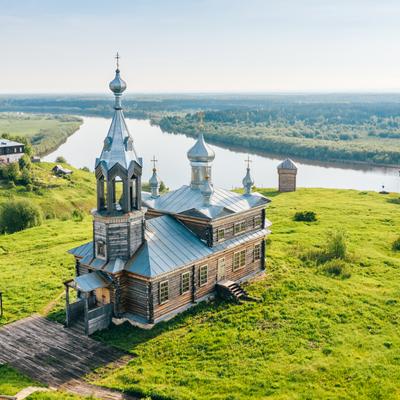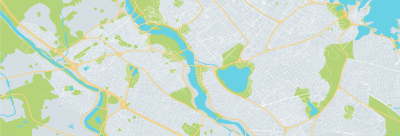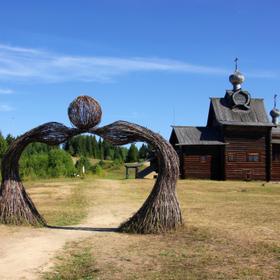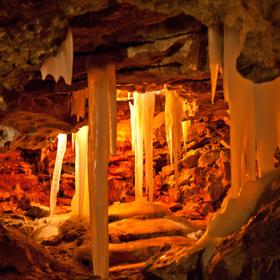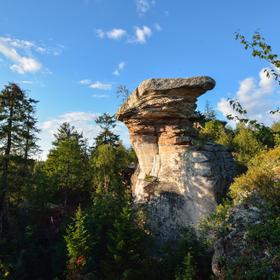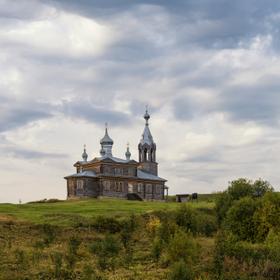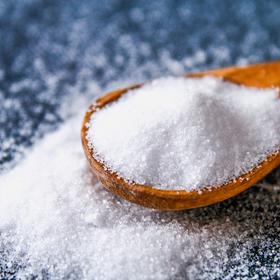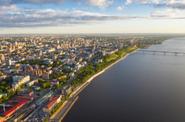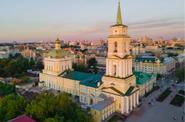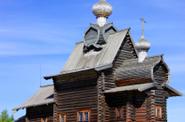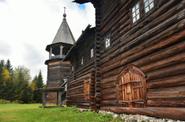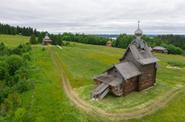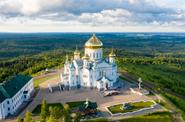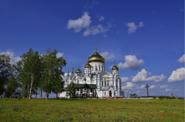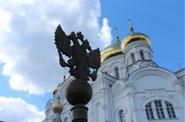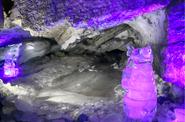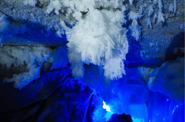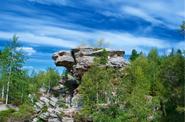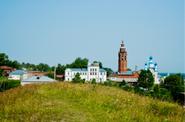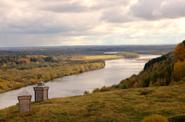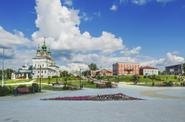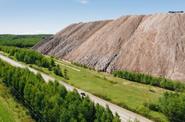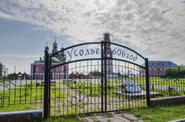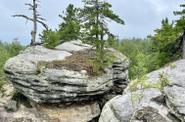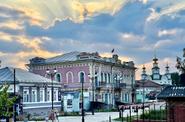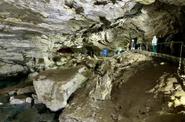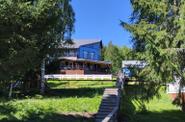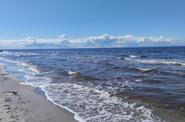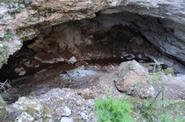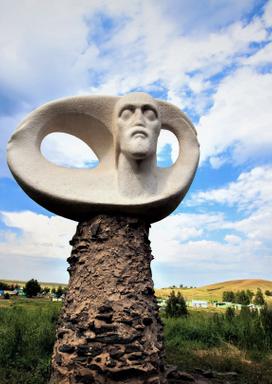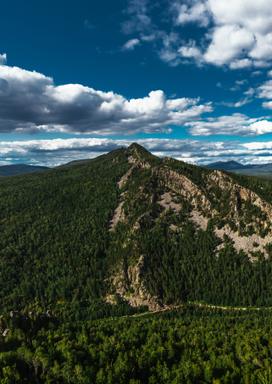Breakfast at the hotel.
Sightseeing tour of Solikamsk.
Solikamsk is one of the oldest cities in the Urals and the third largest in the Perm Region.
It was founded in the salt industry in 1430, when brine–lifting pipes and salt evaporation tanks were built on the banks of the Usolka River, a tributary of the Kama River.
Soon the city turned into the salt capital of Russia, and in the 20th century, the largest deposits of potash and potassium-magnesium salts were discovered here.
Visit to the Lyudmilinskaya salt well.
The place where the Lyudmilinskaya well is located was located on the territory of I. V. Ryazantsev's Troitsk Salt Works in the 19th and early 20th centuries. Nikolai Ryazantsev– an employee of the plant, was instructed to drill a well in order to determine the location of salt formations.
The work was carried out in 1906. Yellow salt with red veins was discovered at a depth of 98 meters. It tasted bitter and was unsuitable for cooking. N.P. Ryazantsev sent the salt for analysis.
In 1910, pharmacist A. Vlasov reported that salt contains a large amount of potassium chloride with an admixture of iron. The samples were sent to the St. Petersburg Geological Committee to confirm the analyses.
In 1910, drilling operations were completed at the well, it was equipped with a pump, and on August 30, 1910 she has already acted, giving out a brine with a strength of 24 degrees. In honor of I.V. Ryazantsev's wife, the well was named Lyudmilinskaya.
Excursion to the Department of Ancient Russian Art (Epiphany Church).
Lunch.
Transfer to Usolye.
In the 17th century, the city was founded by merchant Nikita Stroganov, who was engaged in the extraction and sale of salt. Over the years, this place became the main Kama family estate of the Stroganovs, Russia's largest industrialists.
By the beginning of the 19th century, Usolye occupied a leading position in salt production throughout the Kama region. The Kama River played a big role in the life of Usolye.
In the second half of the 20th century, due to the construction of the Kama hydroelectric power station, a significant part of the city was flooded, and most of the buildings were moved to a new, higher location. Today, the city is located partly on the island, for which the city is called the Venice of the Urals.
Excursion to the Stroganov Chambers.
The building is one of the highest examples of civil buildings of the Moscow Baroque of the late 17th – early 18th century and is an integral part of the Beregovo ensemble of the Usolsky architectural complex.
The uniqueness of the building lies in the fact that not only the elements of 17th-century architecture are alive here, along with the pronounced Moscow style, but also direct borrowings from the northern Kama wooden architecture.
The house-palace is so beautiful and harmonious that it seems to sound. Cheerful and graceful melodies are laid on the solemn chord by the bends of the stone elm.
Transfer to Perm.
Check-in at the hotel.


